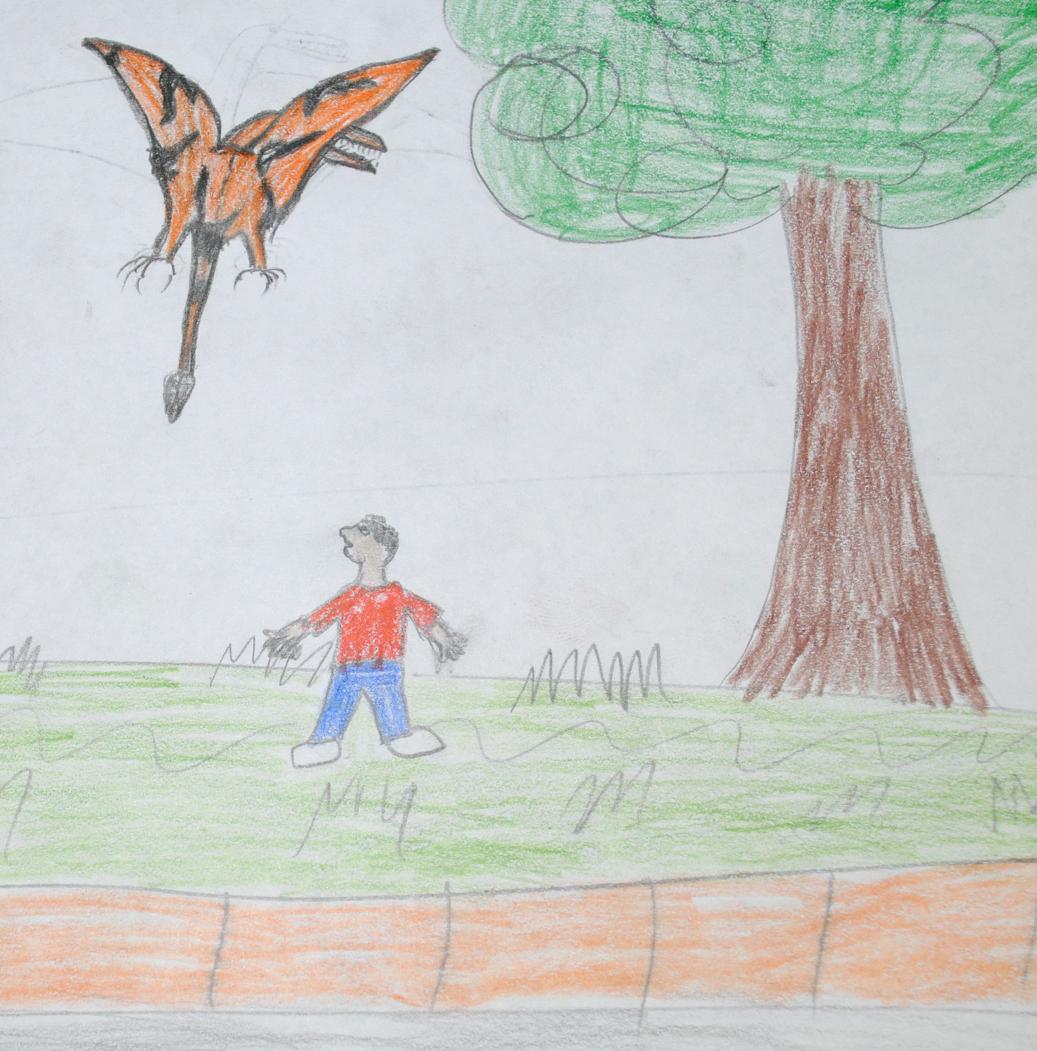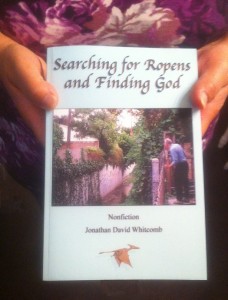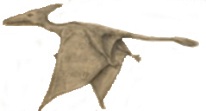
The two obvious pterosaurs observed by Eskin Kuhn during his military duty at Guantanamo Bay, Cuba, in 1971, were sketched by him soon after the sighting. I have encountered no contradiction in anything that he has said during the past four decades, nothing to discredit his account. I did interview him by phone just a few weeks ago, and I found his response to my surprise phone call truly enlightening: He was highly credible in his manner of speaking and his answers to my unexpected questions. This mature man has not been playing a hoax for four decades, for everything points to an honest reporting of a real experience. In light of many other sightings, by many other eyewitnesses, Mr. Kuhn’s sketch now deserves serious attention.
Long ago he mailed his sketch to National Geographic, but they returned it with a declaration that all pterosaurs have long been extinct. Mr. Kuhn promptly cancelled his magazine subscription to National Geographic. This man is consistent and maintains the truthfulness of his account.
I have found one critic who simply said that this account was a hoax and that he had no patience to pursue the subject nor to write more about it. He did not give any reason for his opinion. But when he was confronted by Eskin Kuhn himself, he then apologized, apparently admitting that he had no foundation for accusing the marine.
Now is the time to compare this sketch with descriptions given by other eyewitenesses. Consider all the testimonies of all those credible observers who have put their reputations on the firing line, regardless of ridicule. Now is the time to support serious scientific investigations into this extraordinary phenomenon: the existence of modern living pterosaurs. Please be heard.





 Apparent Rhamphorhynchoid pterosaurs were observed in Cuba, in the mid-20th century
Apparent Rhamphorhynchoid pterosaurs were observed in Cuba, in the mid-20th century